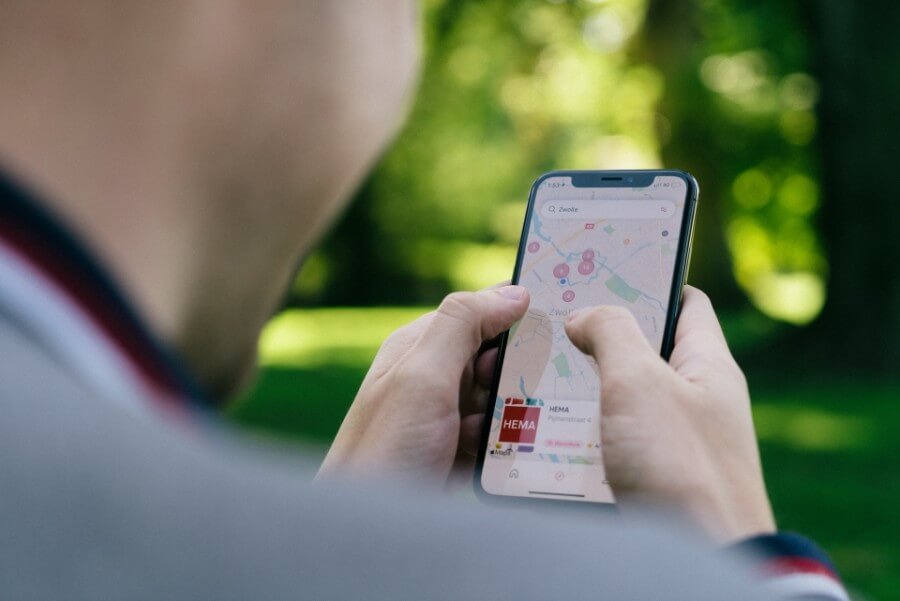
In today’s interconnected world, businesses are constantly expanding their reach to international markets. To succeed on a global scale, companies often launch marketing campaigns that target diverse audiences across different countries and cultures. One crucial aspect of these campaigns is creating ad banners that resonate with local audiences while maintaining brand consistency. In this article, we’ll explore the challenges of localizing ad banners for global campaigns and discuss effective strategies to overcome them.
Understanding the Significance of Localization
Localization is the process of adapting content, in this case, ad banners, to the linguistic, cultural, and regional preferences of a target audience. It goes beyond mere translation; it involves tailoring the message, visuals, and design to connect with local audiences on a personal level. Effective localization files not only increases the chances of campaign success but also demonstrates a brand’s commitment to understanding and respecting local cultures.
The Challenges of Global Ad Banner Localization
Localizing ad banners for global campaigns is no simple task. Several challenges come into play when attempting to strike the right balance between global brand consistency and local relevance:
Language Barriers: The most apparent challenge is language diversity. Different regions have their languages, dialects, and nuances. Some user’s might have to use language learning apps to overcome this barrier.
Cultural Sensitivity: Cultural norms, values, and sensitivities vary greatly across the world. An ad that is perfectly acceptable in one culture may be offensive or misunderstood in another.
Visual Preferences: Aesthetics and design preferences differ from one region to another. What’s visually appealing in one country may not have the same impact in another.
Regulatory Compliance: Each country has its own set of advertising regulations and standards that must be adhered to. Failure to comply can result in legal issues and damage a brand’s reputation.
Strategies for Effective Global Ad Banner Localization
To overcome the challenges mentioned above and create ad banners that resonate globally, consider the following strategies:
1. Conduct Thorough Market Research
Before embarking on a global ad campaign, invest in comprehensive market research. Understand the cultural nuances, preferences, and behaviors of your target audience in each region. This will help you tailor your ad banners more effectively.
2. Collaborate with Local Experts
Seek the guidance of local experts or agencies who are familiar with the region’s culture and language. Their insights can be invaluable in crafting ad banners that strike the right chord with local audiences.
3. Create a Unified Brand Guideline
Develop a unified brand guideline that outlines the core values, messaging, and visual identity of your brand. This guideline should be adaptable to different cultural contexts while maintaining brand consistency.
4. Use Translation Services Wisely
While translation services are essential, be cautious about relying solely on them. Translators should have a deep understanding of both the source and target cultures to convey the intended message accurately.
5. Test and Iterate
Run small-scale tests of your ad banners in different regions before launching a full-scale campaign. Analyze the results and gather feedback to make necessary adjustments.
6. Leverage Technology
Utilize graphic design automation tools like Pixelixe.com to streamline the localization process. These tools can help you create and adapt visuals efficiently, saving time and resources.
7. Stay Compliant
Ensure that your ad banners comply with local advertising regulations and standards. Legal issues can harm your brand’s reputation and disrupt your campaign.
8. Monitor and Optimize
Once your global campaign is live, closely monitor its performance in each region. Use data and analytics to optimize your ad banners and strategies continuously.
9. Harness the Power of User-Generated Content
In today’s digital landscape, user-generated content (UGC) plays a significant role in global marketing campaigns. Encouraging customers and fans to create content related to your brand or products can be a powerful way to connect with local audiences. UGC adds authenticity to your campaigns and showcases how your products or services are used and appreciated by real people in various parts of the world. Consider running UGC-focused ad banner campaigns that highlight user experiences, testimonials, and stories from different regions.
10. The Role of Data Analytics in Global Ad Banner Localization
Data analytics is an indispensable tool for optimizing your global ad banner campaigns. Implementing advanced analytics tools allows you to gather valuable insights into the performance of your banners in different regions. Analyze click-through rates, engagement metrics, and conversion data to determine which ad variations resonate most effectively with local audiences. Use A/B testing and multivariate testing to refine your banners continuously. Data-driven decision-making ensures that your campaigns evolve and improve over time, resulting in better ROI and audience engagement.
These additional sections provide insights into leveraging user-generated content and the importance of data analytics in the localization process. Feel free to let me know if you’d like me to expand further on any of these sections or if there are specific topics you’d like to explore in more detail.
Conclusion
Localizing ad banners for global campaigns is a complex but essential task in today’s business landscape. To successfully connect with diverse international audiences while maintaining brand consistency, businesses must navigate the challenges with diligence and creativity. By understanding the significance of localization and implementing effective strategies, companies can create ad banners that resonate with local audiences and drive global success.
Remember, the key to successful localization is not just translation; it’s about building a genuine connection with your audience in each region, one banner at a time.